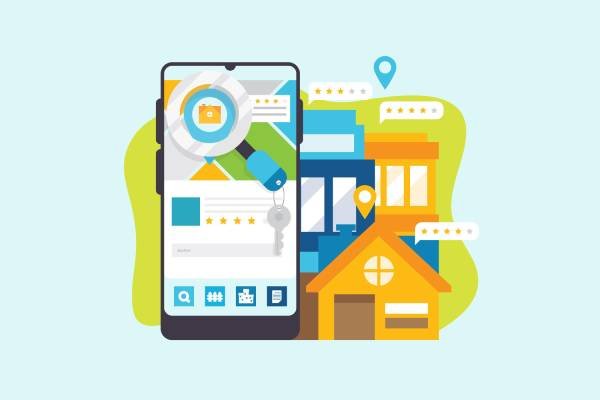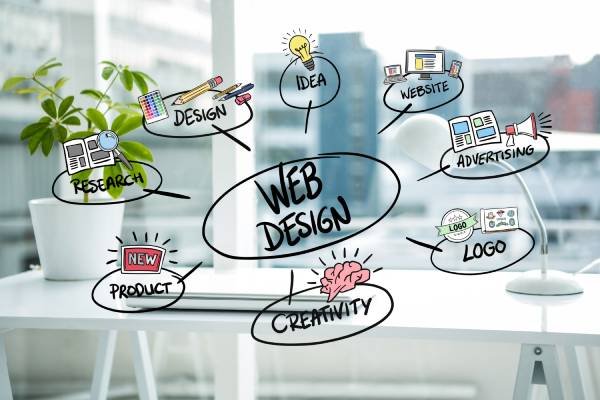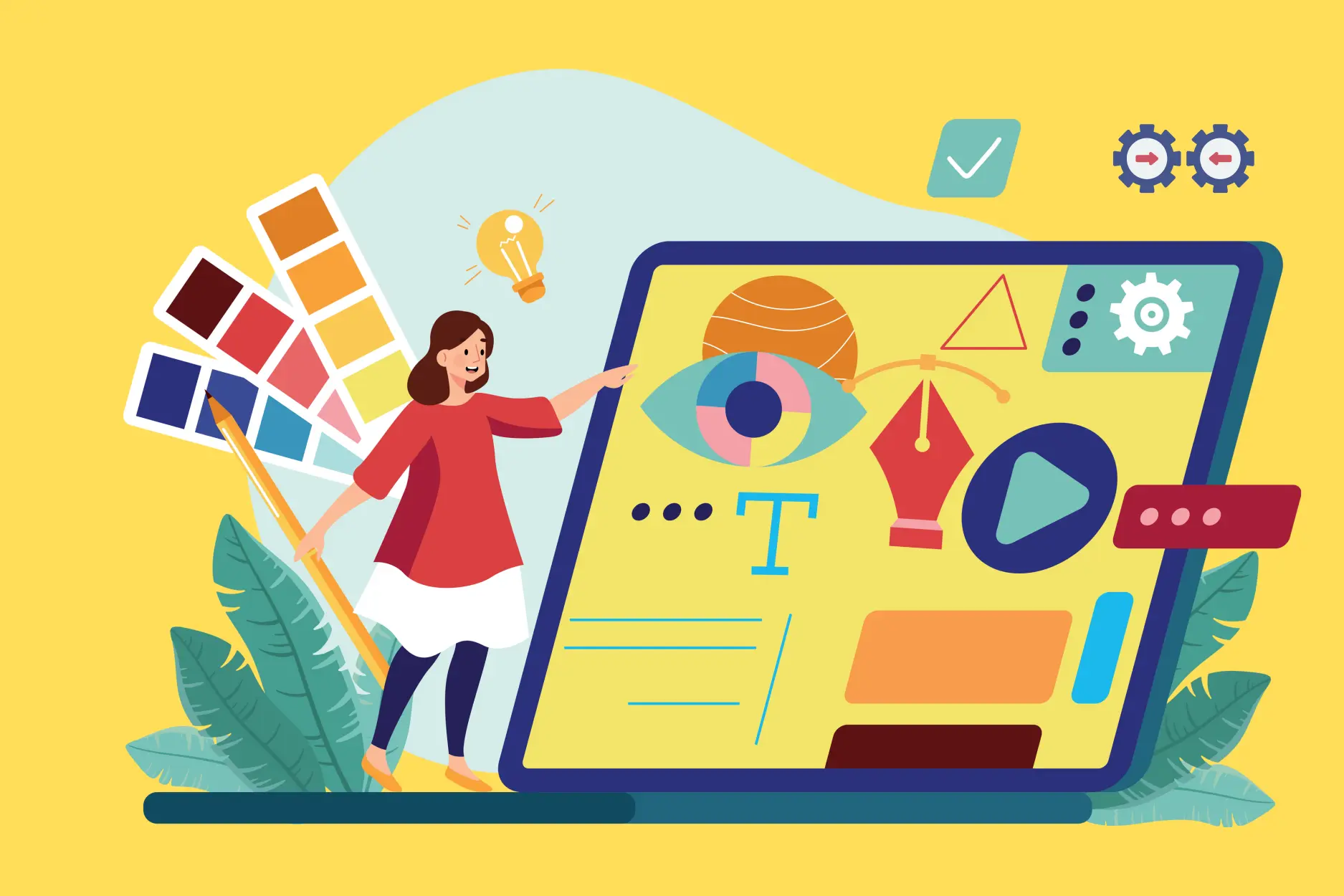10 Signs Your Business Needs Legacy Software Modernization ASAP
Outdated software challenges aren't just a hassle—they can cost you. Slowing systems, security threats, and limited potential for growth can stifle your organization and prevent you from achieving your goals. Maintaining current software positions you for success in the modern digital age. But how do you know when it is time to upgrade?
The issue is that software does not reveal its age until it begins causing issues. Its early warning signs are typically slow-running systems or ones that fall behind as your company expands. These can produce lost productivity, disgruntled users, and lost opportunities for expansion.
Performance problems such as crashes or slow loads are obvious indicators that your software is in need of an update. But that's not the only problem—scalability is a huge one as well. Your older systems might be okay now but will choke as you grow your user base or your business.
Legacy system modernization is critical for enhancing efficiency, security, and integration with new technologies. But when do you know it is time to modernize? In this blog, we will explore 10 critical signs that your business needs legacy software modernization ASAP.
What Are Legacy Systems?
Legacy systems refer to aging software applications, platforms, or technologies that have been operational for years, frequently decades. Though they might have been state-of-the-art at their initial introduction, they don't possess the adaptability, security, and capabilities needed to fulfill current business requirements. They tend to be constructed on aged programming languages, hardware, or architecture and, thus, are hard to keep up with, integrate, or expand.
Why Legacy System Modernization is Important
Legacy System Modernization is not merely about resolving issues—it is about creating a better foundation for future development. Newer systems tend to be more efficient, which reduces expenses and releases resources that can be allocated to other significant objectives. They are more adaptable as well, so your system can develop along with your organization.
Security is another large motivation to upgrade. New systems are more capable of dealing with today's security threats, protecting your information, and making it simpler to comply with rules and regulations. The newer systems receive security patches in a timely manner, and it is much simpler to implement these patches in new software.
Above all, software updates make life better for all—staff, users, and other people. With streamlined interfaces, superior performance, and seamless integration, individuals will enjoy using the system more, meaning more satisfaction and loyalty.
Planning Your System Modernization
Beginning to update your system may feel daunting, but with a plan, it is simpler. Begin by considering what you need to accomplish. Do you need improved performance, simpler expansion, or enhanced security? Having a sense of what you are looking for will enable you to choose the appropriate upgrades and monitor progress.
Then, inspect your existing system. Find issues, slow-down areas, or items that require updating. Are certain areas of your system too slow or outdated? Finding these issues will assist you in making more informed decisions for your upgrades.
After you identify where the problems are, select a modernization plan that suits your requirements. You may opt to migrate to a new platform, refresh your system, migrate to the cloud, or enhance your cloud configuration. Ensure your solution suits your organization's requirements today and tomorrow.
10 Signs Your Business Needs Legacy Software Modernization
IT modernization strategy is evolving quickly, and businesses must keep up. The market for modernizing old systems is expected to hit $32.8 billion by 2027, growing at a rate of 16.7% per year (2022-2027).
One of the biggest signs that your legacy system needs an upgrade is inefficiency—it no longer fits your current business needs. But there are many other warning signs as well. We’ve summed up the top 10 for you below. Let’s dive in!

1. High Maintenance Costs
One of the most obvious signs that your business needs legacy software modernization is an increase in the cost of maintaining old systems. Legacy systems will often require specialized knowledge to repair and modernize, which can be expensive and time-consuming. Older hardware and software components may also no longer be supported by vendors, forcing you to rely on pricey third-party fixes or custom patches.
At some point, these maintenance expenses will drain your finances, leaving your growth or innovation initiatives with smaller budgets. Plot the cost of keeping your vintage system running through the years and compare it with the cost of migrating to a newer system. Migrating to a modern platform is a cost-saver and enhances the ROI in the long term. Furthermore, the professional migration squads can reuse 80% or more of your existing code, so it gets completed in a jiffy and at a lesser cost.
Also, upgrading your infrastructure can assist you in the cost benefits of legacy modernization by shifting to lower-cost, scalable, and less maintenance-intensive options.
2. Slow System Performance
If your legacy systems are bogging down your operations, it is a sure sign that modernization is long overdue. Legacy software tends to have a hard time coping with the rising amount of data and transactions needed by today's businesses. This can result in slow performance, constant crashes, and annoying delays for employees and customers alike.
Slow system performance does not just hurt productivity but harms your reputation. Customers demand instant, seamless experiences, and system glitches can drive them to the competition. Scan your system for slow spots. Determine what has to be tightened up. Further, Modernizing your software enables you to deliver the speed and reliability your company requires to compete.
3. Security Vulnerabilities
Legacy systems are an easy target for cybercriminals because they have old security features and are not updated on a regular basis. With the advancement of technology, the methods employed by hackers to introduce vulnerabilities also change. If your systems are using older software, they do not have the new security features necessary for safeguarding sensitive data and meeting industry regulations.
A single security breach can prove catastrophic, involving monetary losses, legal fines, and reputation loss. Select a reliable legacy software migration company with routine security updates and audits. Bringing your systems up to an enhanced version will see you armed with the current security features, lowering the probability of cyber threats and protecting your business.
4. Incompatibility with New Technologies
In today's digital age, businesses rely on many tools and technologies to make things easier to do and easier for customers. Legacy systems do not easily incorporate new applications, and this causes silos and inefficiencies.
For example, if your legacy system does not support interfaces with cloud, mobile, or AI systems, you are missing out on innovation and growth potential. Upgrading your systems allows you to absorb new technologies effortlessly, keeping you ahead of the competition.
5. Lack of Scalability
As your business grows, so too must your IT infrastructure. Legacy systems do not tend to be as elastic, though, and it is difficult to adapt to greater loads or expand into new markets.
If your current systems cannot keep up with your growth, you will have bottlenecks, downtime, and missed opportunities. Software upgrades ensure that your systems will expand with your company, providing the flexibility and performance you need to succeed.
6. Outdated User Experience
User experience (UX) has a significant effect on employee performance and customer happiness. Legacy solutions tend to incorporate cumbersome, clumsy interfaces that leave users frustrated and hinder efficiency. This causes reduced efficiency, increased error frequency, and fewer employee morale ratings.
Today's software applications focus on UX, providing elegant, easy-to-use interfaces that make productivity and satisfaction easy.
Your users are the foundation of your success in an online business. If they are dissatisfied with your app's UI/UX, it's a huge issue. A stale UI/UX will push them away, leading to a poor experience.
Enhance your app's look and feel with a contemporary, simple-to-use user interface. Ensure the software migration team has UI/UX designers who test it with actual users, collect their feedback, and refine the interface according to their requirements.
7. Vendor Support Issues
Most legacy systems are based on unsupported software or hardware. This implies that you will not get updates, patches, and technical support, which exposes your systems to bugs, security leaks, and other problems.
If your software vendor no longer supports your application, then it is definitely a signal that your application needs to be modernized.
Take time to look around, do some research, and find a reputable software vendor. A reputable partner will ensure that there is continued support, regular patches, and upkeep of your new platform. This ensures efficient functioning, security, and long-term prosperity for your system.
8. Complex Training Requirements
Legacy systems tend to need specialized expertise to run, so it becomes difficult to onboard new staff or train current employees. This may create a skills gap, raise training expenses, and lower productivity.
New software is created with usability in mind, minimizing the learning curve and allowing employees to get up to speed in a snap. Modernizing your systems enables you to make training easier and gives your employees the ability to work more efficiently.
9. Limited Data Accessibility
Data is the lifeblood of today's businesses, but traditional systems tend to find it hard to store, process, and analyze enormous amounts of data. The inaccessibility of data and poor data integration may hinder decision-making processes, where it is hard to determine trends, streamline operations, and accelerate growth.
Upgrading your systems enables you to take advantage of sophisticated data analytics tools, which give you real-time information and enhance your capability to make decisions. This can be a big competitive edge for your business.
10. Overall Operational Inefficiencies
When you add all the above-discussed problems—high cost of maintenance, slow speed, security risks, etc.—it is obvious that legacy systems tend to generate massive operational inefficiencies. These inefficiencies not only deplete resources but also stop your business from fulfilling its maximum potential.
Modernization of your software tackles these issues head-on, simplifying operations, lessening expenses, and allowing your business to run at optimal efficiency. With modernization, you can do away with bottlenecks, increase productivity, and set your business up for long-term success.
How IPH Technologies Supports Your Legacy Software Migration Needs
At IPH Technologies, we deal in trouble-free legacy software migration, enabling global businesses to transition their systems into modern form with ease and precision. If you require specialist consultancy or complete-scale migration to a newer platform, we make it happen without ever halting your current workflows, data, or operations.
With a group of 50+ experienced professionals, we manage each and every process of Modernizing Legacy Systems with care and responsibility. IPH Technologies is dedicated to providing quality, affordable, and future-proof solutions that meet your business requirements.
Conclusion: The Urgency of Legacy Software Modernization
The indicators are obvious: if your organization is grappling with excessive maintenance, sluggish performance, security risks, or any other of the points covered in this blog, legacy software modernization is something that needs to be considered. Aging systems are more than a problem—they are an existential threat to your competitiveness, security, and expansion.
Modernizing Legacy Systems is not merely about staying current with the latest technology; it is about future-proofing your company and opening the door to new possibilities for innovation and success. Do not let legacy software hold you back any longer.
Ready to revolutionize your business? Call IPH Technologies today to arrange a complimentary legacy system evaluation. Our experts will assist you in determining the optimal modernization approach for your organization, making your systems efficient, secure, and scalable. Do not wait—start building a brighter future for your business!
Frequently Asked Questions

Read more blogs

Time and Cost of Developing an AI like ChatGPT: Key Factors Explored
Explore the factors influencing the time and cost of developing an AI model like ChatGPT. Understand key considerations for successful AI ap

Guide to Successful Real Estate App Development: Features, Technologies, and More
Explore the advantages of developing a real estate app, key features, technologies to employ, and the importance of collaborating with a Rea

Custom vs. Template-Based Website Development: A Comprehensive Cost Comparison Guide
Explore the costs, pros, and cons of custom website development vs. template-based solutions. Make an informed decision for your online pres
